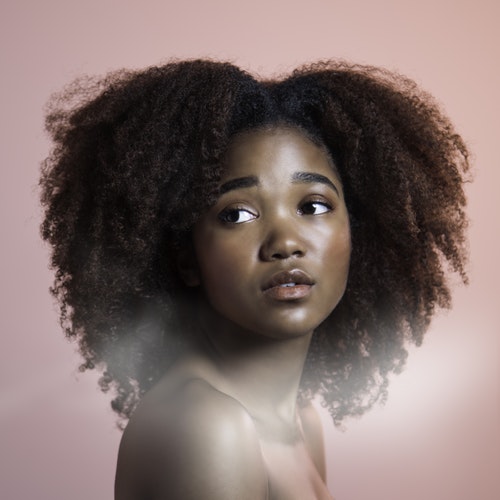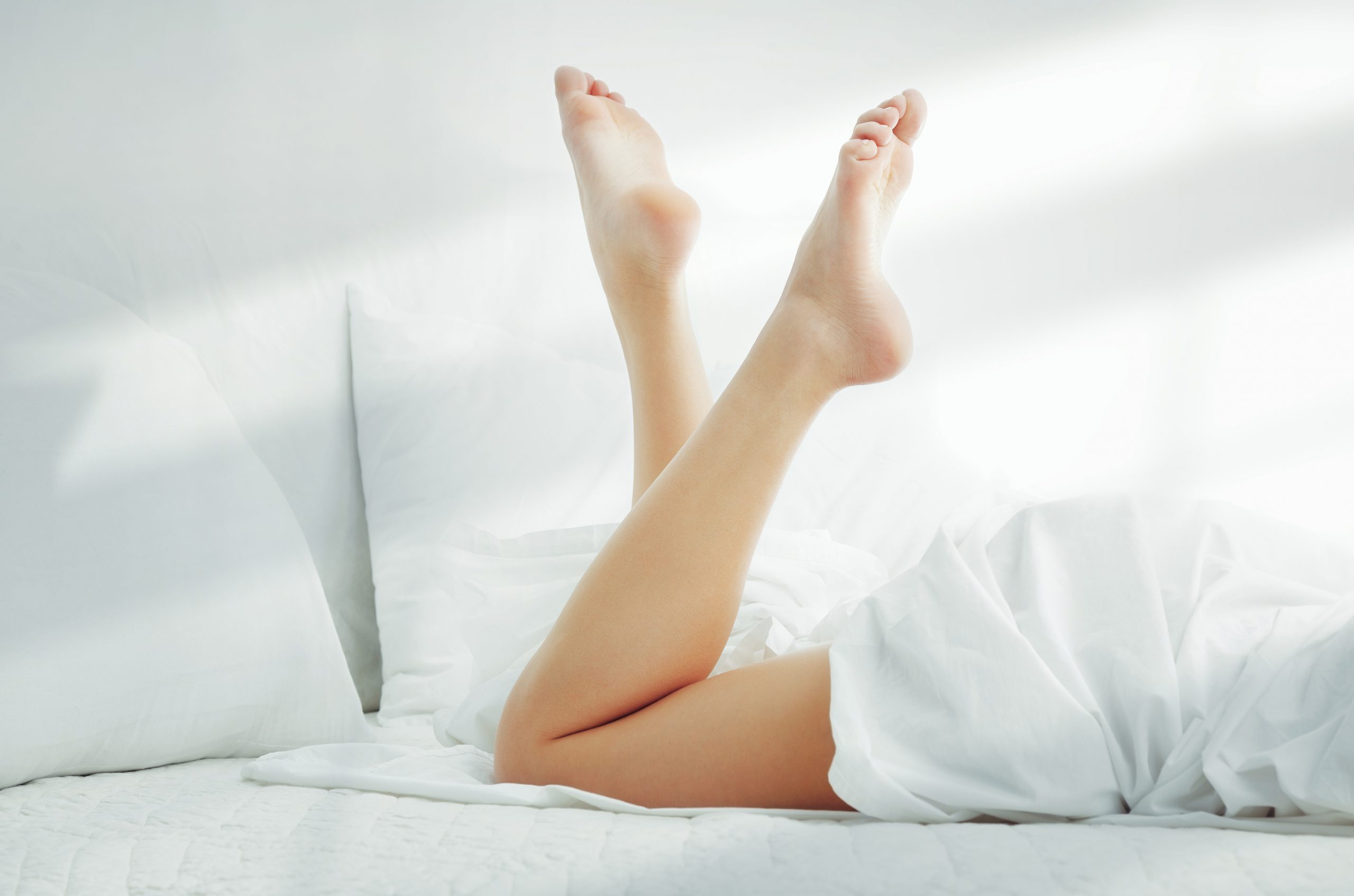
Each season has pros and cons when it comes to haircare. In summer you have to combat damage caused by sun, wind, swimming pool chemicals and extra washing, and in winter it’s all about preventing frizz and dryness.
1. Gently does it. In you live inland, chances are good that you know all too well that winter brings dry, often itchy, skin. Your scalp is also skin, so treat it more gently by using a lower-foaming shampoo that’s sulphate free or low in sulphates. These are less likely to irritate and dry your scalp.
You may also need a more moisturising shampoo and a richer conditioner as the temperature drops – even fine, limp and oily hair is less so in winter.
SEE ALSO: 10 essentials every natural hair girl should own
2. Skip a wash. In winter you perspire less, meaning you can probably get away with postponing wash day here and there. This allows your scalp’s natural oils to coat your hair and protect your scalp against the elements.
3. Headgear. Whether you live in a winter rainfall area or not, get into the habit of protecting your hair against the elements when you’re outside for prolonged periods. Even better, hats are a real fashion statement this season, so you’ll be winning on the beauty and style fronts.
Scarves, caps and beanies work equally well, but if you can, find something lined with silk or satin. This will reduce breakage and static.
SEE ALSO: Do you know your hair type?
4. Say no to static. Speaking of static – it’s really not great walking around with frizzy hair standing up all over. Look for hair products that specifically claim to reduce static, and keep hair handling to a minimum. The more you touch it, the more it’s going to stand on end.
5. Sleep tight. Now that you’re not tying up your hair before bed out of necessity (i.e. to avoid waking up in a puddle of your own sweat in summer), it’s a good time to get into the habit of protecting your hair at night. Silk and satin pillowcases are claimed to reduce static and breakage, and braiding long hair before bedtime does the same.
6. Protective hairstyles. If you’re not familiar with the idea, a protective style is when hair is braided and left for up to a couple of months to allow it to grow without daily manipulation, and also without chemical processing.
If this isn’t a suitable solution for you, investigate options like tying your hair into a bun, ponytail or braid a couple of times a week to cut down on heat styling, at the very least.
SEE ALSO: Homemade hair detangler
7. Prevent moisture loss. As with skincare, I find hair care products work best when layered. After washing with a moisturising shampoo and conditioner, apply a conditioning heat protector to your hair. I like to top this off with hair oil. Because I have fine hair, I mix a pump in with my heat protector. If your hair is more coarse or curly, you can apply it afterwards.
Read more natural hair
This post was first seen on All4Women.




